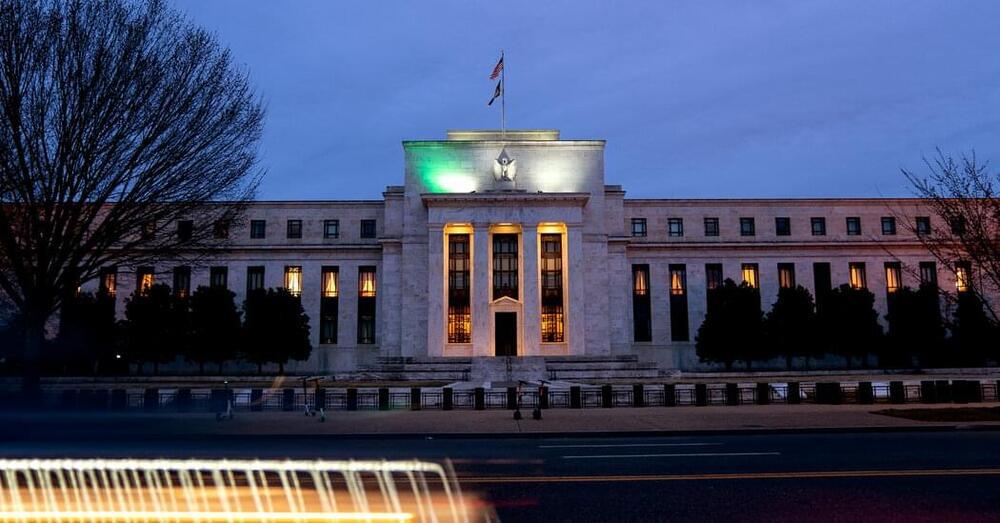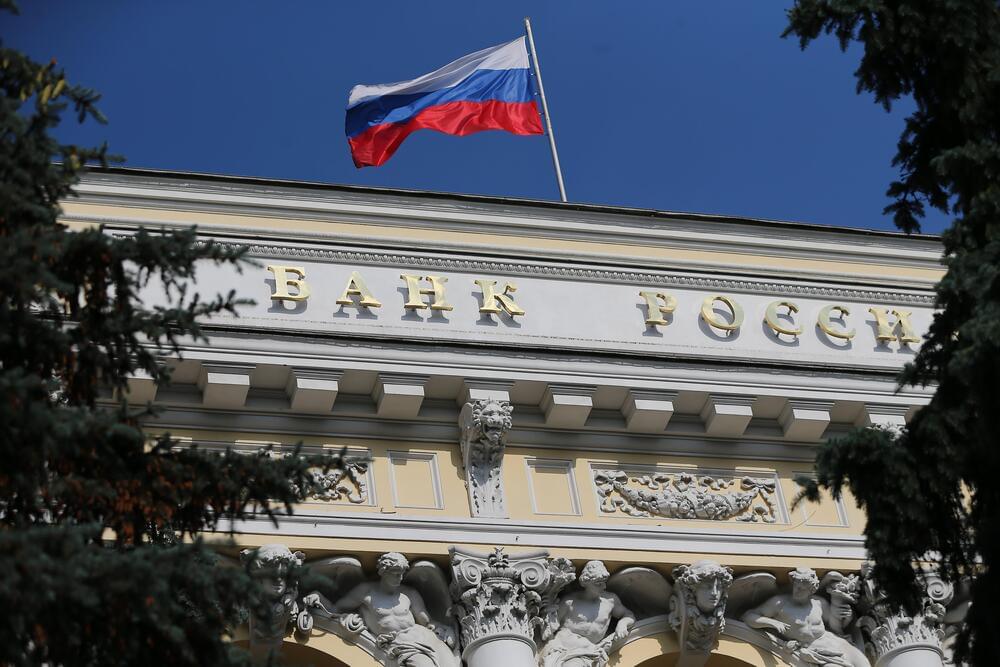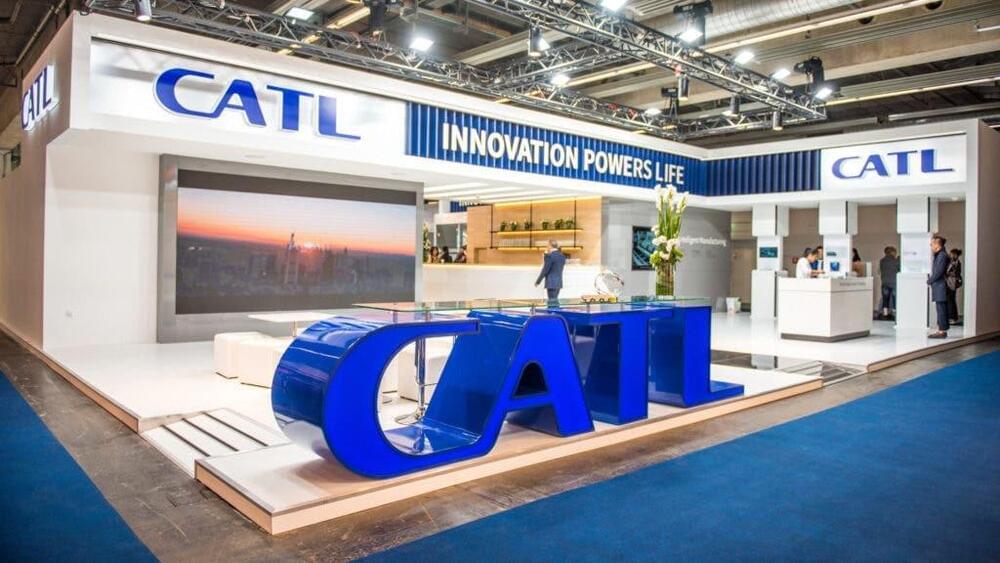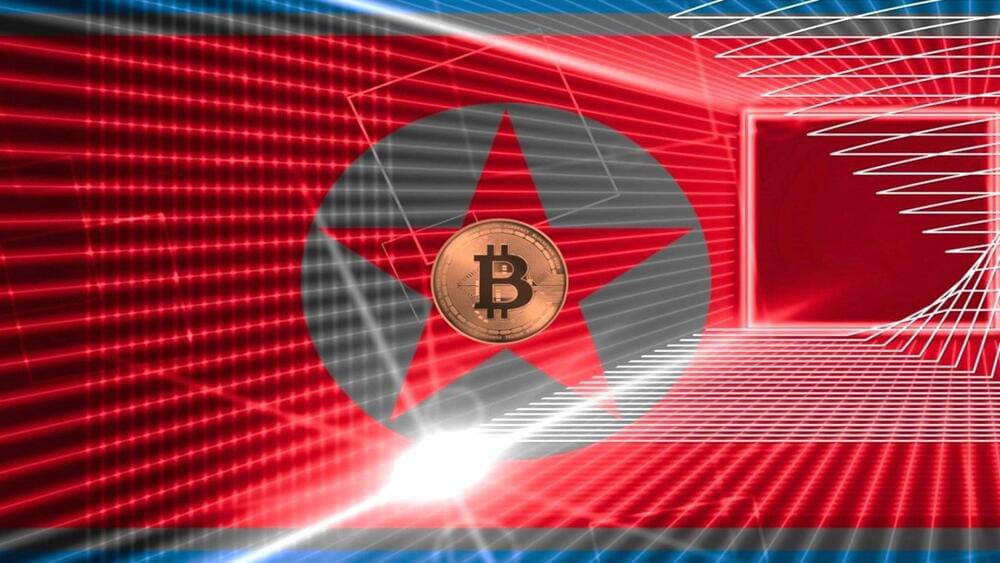Jan 22, 2022
New research expects a gloomy year for Bitcoin as DeFi and DAOs rise
Posted by Omuterema Akhahenda in categories: bitcoin, cryptocurrencies, finance, governance
Another major player in the cryptocurrency world is forecasting a dismal year for Bitcoin (BTC) in 2022. Following the United States Federal Reserve’s and other central banks’ tightening of liquidity measures, Huobi Research believes that BTC will enter a bear market. On the brighter side, decentralized finance (DeFi) will continue to expand and adapt, with decentralized autonomous organization (DAO) governance eventually becoming a major driver of activity on the chain.
Following the Federal Reserve’s and other central banks’ tightening of liquidity measures, Huobi Research believes that Bitcoin will enter a bear market.

















